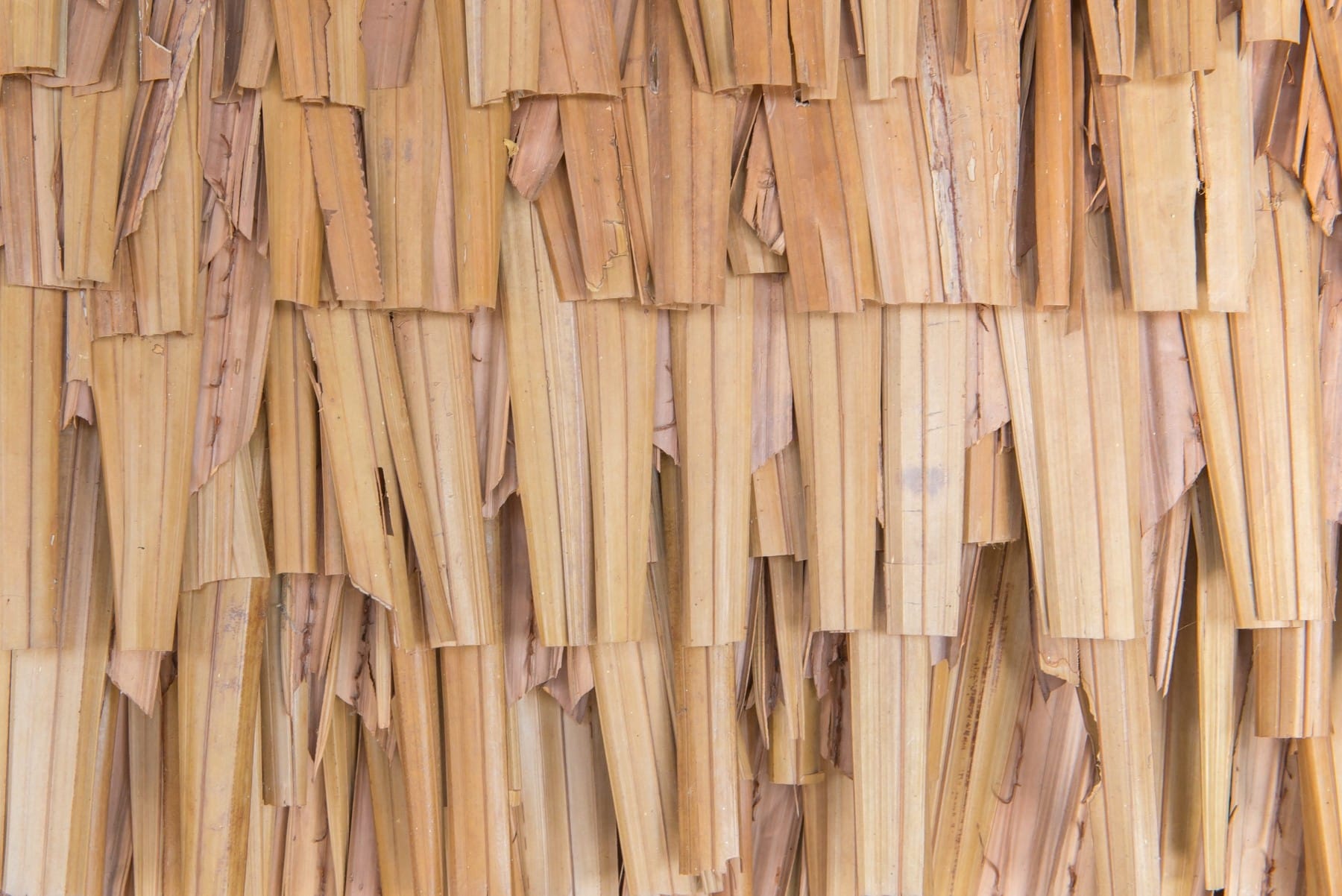
What Type of Pitch is Best for a Synthetic Thatch Roof?
Imitation ThatchWhen you’re building a new commercial building with a synthetic thatch roof, you need to know what kind of pitch is going to be better, whether it’s steep or shallow. Which one will erode more quickly?
What’s Better: A Steep Pitch or a Shallow Pitch?
There are pros and cons to steep and shallow roof pitches, but ultimately, it comes down to two things: The style of your building and how you weigh the pros and cons of each.
Steep Pitch Thatch Roofs
Generally, roofs with steep pitches are less likely to collect debris, including leaves, which can hold moisture and invite the growth of moss and algae.
A steep roof will also catch the most sun, which is why a good UV rating is important.
Shallow Pitch Thatch Roofs
A shallow pitch may cause your roof to wear down slower, but really, there are more factors than pitch that can affect your roof’s lifespan.
What to Consider Instead
The side that faces the worst weather – considered the windward side of the roof – is usually going to take more of a beating than the other side (which is called the leeward side) will. You also have to ensure that the entire roof system is properly vented so heat doesn’t build up beneath the roof; if it does, the roof won’t last as long as one with good ventilation.
Does Your Building Need a Synthetic Thatch Roof?
We’d love to show you how Endureed can provide you with the imitation thatch roofing materials you need to create a beautiful aesthetic your guests will love.
Call us at 877-784-2824 or contact us online to learn more about our products. You can also explore: